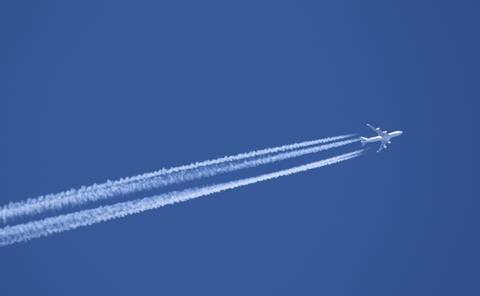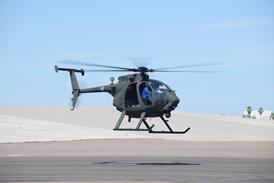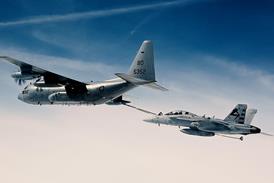The US Environmental Protection Agency (EPA) has for the first time issued greenhouse gas (GHG) standards for new aircraft which, it argues, will ensure “international consistency” and give US manufacturers a “level playing field” with foreign competitors.
The government environmental regulator says on 23 December that the rule will “ensure control of GHG emissions, maintain international uniformity of airplane standards, and allow US manufacturers of covered airplanes to remain competitive in the global marketplace.”

The rule mirrors ICAO’s standards and recommended practices for certification of aircraft CO2 emissions, announced in 2017. It limits the amount of carbon dioxide (CO2) and nitrous oxide (N2O) commercial airliners and business jets can emit beginning in 2028.
“We anticipate US manufacturers would be at a significant disadvantage if the US failed to adopt standards that are harmonized with the ICAO standards for CO2 emissions,” the agency adds.
The matching standards will “help ensure international consistency and acceptance of U.S. manufactured airplanes worldwide.”
Aviation regulator FAA says it welcomes the announcement, adding that US manufacturers can now be sure that they are competing fairly against those in other countries.
“Implementation of this standard in the United States will allow the FAA to include the requirements in its regulations for certifying new airplanes, placing US engine and airframe manufacturers on a level playing field with manufacturers in other countries that have adopted the international standard,” the US regulator says.
The rule was proposed in July, and has come under fire from environmental groups which say it does not go far enough to ensure commercial airliners contribute to lowering GHG emissions across the board.
The aviation industry, which, prior to the coronavirus pandemic, accounted for about 3% of global man-made CO2 emissions, has committed to sustainability goals under an ICAO-led framework called the Carbon Offsetting and Reduction Scheme for International Aviation (CORSIA).
That effort calls for the airline industry to cap carbon output at 2020 levels and to cut emissions to half of 2005 levels by 2050.
Most new aircraft comply with the EPA’s new rules already, but the the agency says that it expects non-compliant aircraft such as the Boeing 767 freighter will ”either be modified and re-certificated as compliant, will likely go out of production before the production compliance date of January 1, 2028, or will seek exemptions from the GHG standard”. Therefore, EPA says, it is not expecting the new rule to result in new greenhouse gas reductions.
”Even if we assume no continuous improvement, the projected GHG emissions reductions for the final standards will still be zero since all the non-compliant airplanes… are projected to be out of production by 2028,” the EPA writes. ”For these reasons, the EPA is not projecting emission reductions associated with these GHG regulations.”
With environmental stewardship an increasingly important aspect of airlines’ business models, carriers are investing in newer and more efficient aircraft, carbon offset schemes as well as aviation fuels made from renewable sources.


























